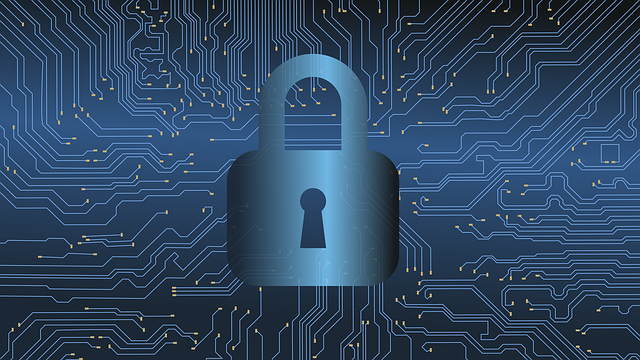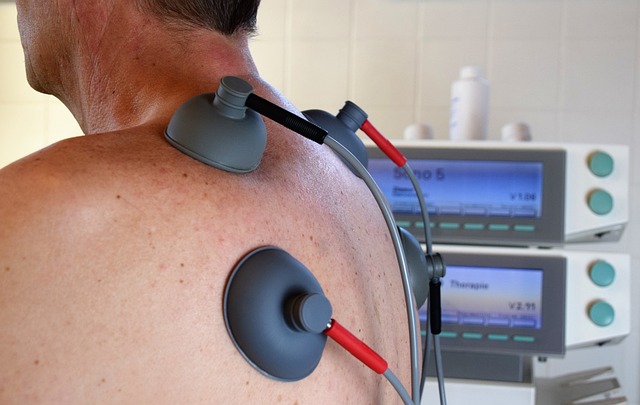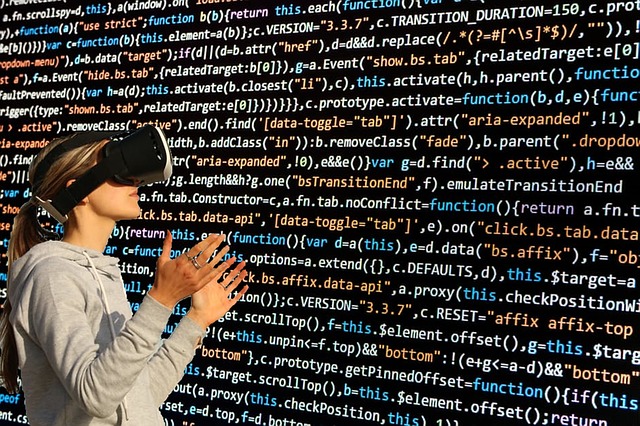As in other industries, cyberattacks are of the utmost concern in the healthcare sector. According to the U.S. Department of Health and Human Services’ Office for Civil Rights, data breaches have steadily increased over the last several years, and in 2020 there were more than there had ever been — 642.
Further, those statistics, which track just those attacks involving the breach of 500 or more healthcare records, show there were 3,705 such incursions between 2009 and 2020, involving over 268 million records. While there was an average of one breach per day in 2018, that rate increased to 1.76 in 2020.
There is widespread belief that blockchain technology can shore up healthcare defenses, protecting electronic health records (EHRs) from hackers while also improving interoperability. Roman Taranov, founder and CEO of the UK-based Ruby Labs, went so far as to tell Forbes that the technology will “revolutionize” the industry, and others share that belief.
Consider that a study in early 2021 by BlueWeave Consulting concluded that the global blockchain technology market, worth just over $129 million in 2020, will be worth nearly $5 billion by 2027 when several factors are weighed, including cyberattacks. And certainly the groundwork is being laid, as several companies have developed the infrastructure that will facilitate blockchain adoption on the part of healthcare organizations.
Overall adoption remains low to this point, but the allure of an immutable, transparent, decentralized online ledger is obvious. Originally launched as a platform for cryptocurrency, it consists of a chronological series of data blocks, each with its own hash (or cryptographic key) that enables only the person creating that block to access or alter the information within it. Each subsequent block in the chain has its own unique hash.
Blockchain has also shown its value in such areas as elections, real estate and supply-chain management, and specific to healthcare can impact EHRs by providing privacy, security and confidentiality, as well as auditability, since there will be a time-stamped record of anyone accessing any given record.
The potential barriers to blockchain adoption in the healthcare sector involve compliance with HIPAA regulations, as well as ensuring that IT professionals have the proper training in the technology. Yet while adoption continues to lag in the U.S., blockchain has shown its potential in places like the Northern European nation of Estonia, which in 2016 became the first country in the world to implement such a system.
Every resident’s medical information is stored on blockchain, from birth until death, and can be accessed via the smart cards all of them are issued. Hackers are kept at bay, and the integrity of the information is preserved.
The caveat is that blockchain is not invulnerable to all attacks, but its built-in security features have widespread appeal within the sector, while at the same time addressing the thorny issue of interoperability. It has been posited, in fact, that a blockchain-based system can hasten the trend toward personalized medicine, where care is tailored to each and every individual.
The bottom line is that further maturity is needed before blockchain achieves widespread adoption. Certainly, however, it represents a viable alternative to the issue of the security of healthcare records, and will continue to be explored, and continue to evolve.







